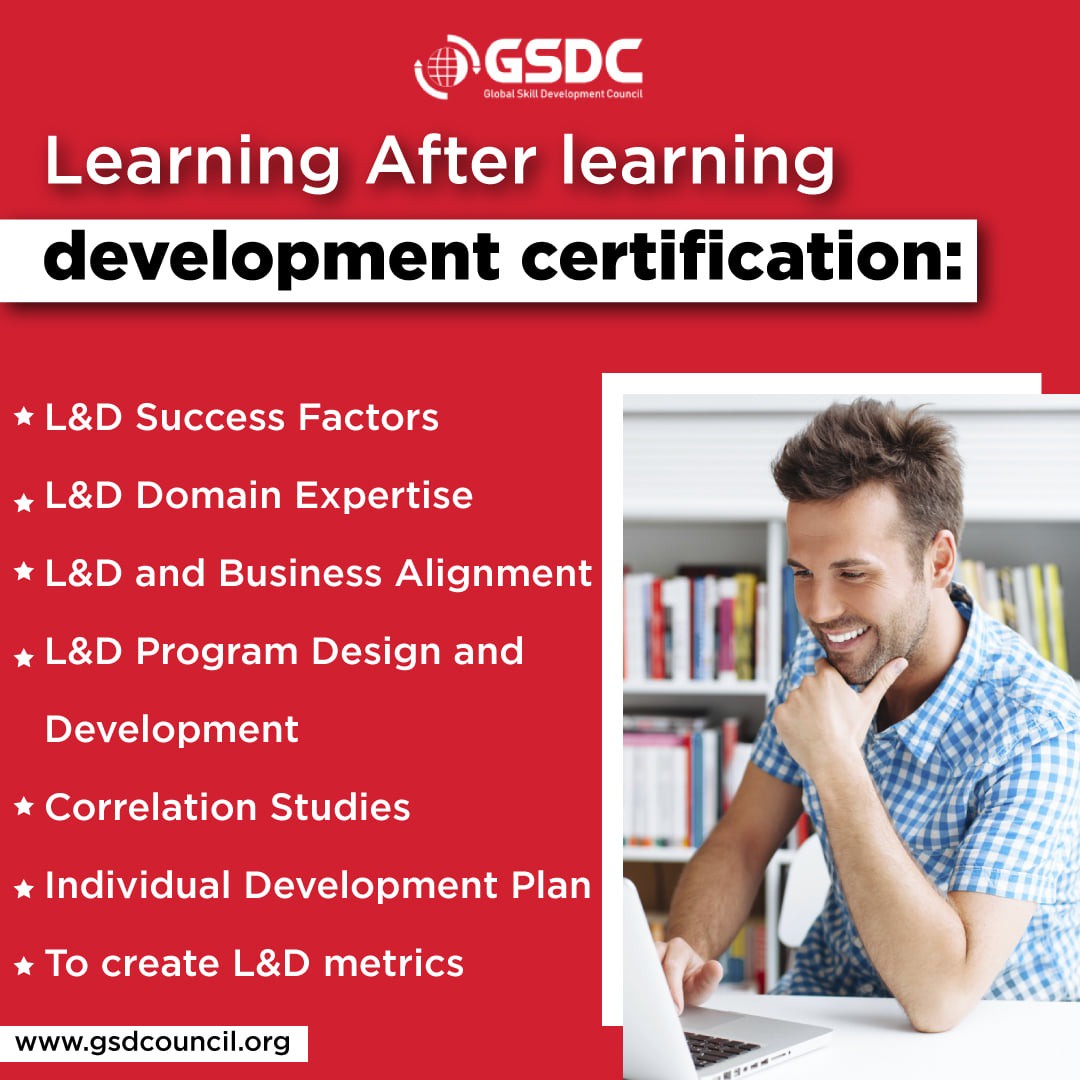Obtaining Learning and Development Certification have a thorough understanding of the theories, techniques, and concepts of performance management, organizational development, and talent development. Professionals may create, carry out, and assess successful training and development initiatives with the aid of this expertise.
The Certified Learning and Development Professional (CLDP) certification is an internationally recognized certification that is designed to enhance the knowledge and skills of Learning and Development (L&D) professionals in various areas such as talent development, corporate training, performance management, and succession planning.
L&D Success Factors:
The components that enhance the efficacy and influence of learning and development programs inside a company are collectively referred to as L&D success factors. These variables frequently include learner involvement, leadership support, strategic planning, and the fit between training initiatives and company objectives. Identifying and understanding L&D success factors are crucial for designing and implementing initiatives that truly contribute to individual and organizational growth.
L&D Domain Expertise:
L&D domain expertise involves a deep understanding of the principles, theories, and best practices in Learning and Development. Professionals with expertise in this domain are well-versed in instructional design, adult learning theories, training methodologies, and performance improvement strategies. Domain expertise is essential for creating relevant and effective learning experiences that meet the unique needs of the organization and its workforce.
L&D and Business Alignment:
Making sure that learning activities directly support the organization's broader strategic objectives is a crucial part of aligning L&D with business goals. This congruence guarantees that training initiatives support enhanced productivity, better performance, and organizational success. Business alignment ensures that L&D efforts are not isolated but integrated into the broader organizational strategy, maximizing their impact and relevance.
L&D Program Design & Development:
This is a reference to the methodical process of creating educational materials. It includes deciding on delivery strategies, developing instructional materials, determining learning objectives, and devising assessments to gauge student progress.
Importance: Successful knowledge transfer, learner engagement, and the accomplishment of learning goals all depend on well-designed L&D programs. Well-designed L&D programs are critical for engaging learners, facilitating effective knowledge transfer, and achieving desired learning objectives.
Correlation Studies:
Correlation studies in L&D involve analyzing the relationship between various factors, such as training interventions and performance outcomes. These studies seek to identify whether a correlation exists and, if so, to what extent. Correlation studies provide valuable insights into the effectiveness of L&D initiatives, helping organizations make data-driven decisions and optimize their training investments.
Individual Development Plan:
A personalized road map that describes a person's learning objectives, professional development goals, and next steps is called an Individual Development Plan (IDP). A combination of training courses, mentoring, on-the-job training, and other developmental activities are usually included. IDPs empower employees to take ownership of their professional growth, aligning their aspirations with organizational needs.
To Create L&D Metrics:
L&D metrics are quantifiable measures that assess the effectiveness and impact of learning initiatives. Metrics may include completion rates, learner satisfaction scores, performance improvement metrics, and ROI (Return on Investment) calculations. Creating and analyzing L&D metrics helps organizations gauge the success of their training programs, identify areas for improvement, and demonstrate the value of L&D to stakeholders.
These elements are interconnected and essential for building a robust and impactful Learning and Development function within an organization. Success in L&D requires a combination of strategic alignment, domain expertise, effective program design, data-driven decision-making, and a commitment to individual and organizational development.


No comments yet